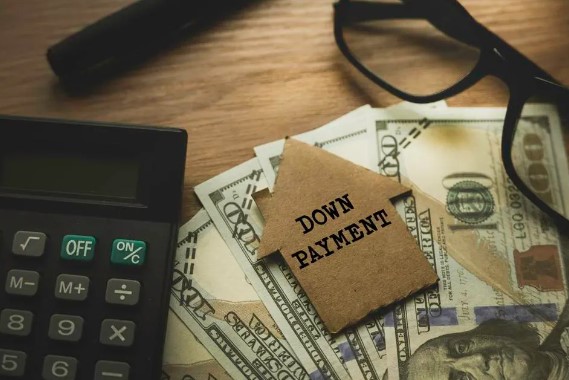Published by Forbes.com | June 25, 2024
While buyers were debating the need for a 20% down payment, it jumped to 35.4% for a median-income household
A 20% down payment has long been the gold standard when buying a home, although there are some myths, pros, and cons regarding that specific percentage. But now, according to Zillow, many buyers will need a much larger down payment to comfortably afford a home.
According to a Zillow analysis, a median-income household would need to put 35.4% down ($127,750) to afford an average-priced home, which is valued at $360,000.
A 35.4% down payment would ensure that the monthly mortgage payments don’t take up more than 30% of a household’s monthly income, which can help buyers avoid being house poor.
“This is putting would-be buyers in a precarious situation — use their cash reserves to put more money down, or struggle with a high monthly payment until rates decrease,” says Tyler Forte, CEO at Felix Homes in Nashville, Tennessee. While buyers who have a large amount of equity in their current home may opt for the former, he says first-time homebuyers are at an extreme disadvantage.
How Housing Prices And Interest Rates Have Changed
To understand how drastically different today’s home buying market has become, it’s important to look at some historical data. Orphe Divounguy, senior economist at Zillow, tells me the typical U.S. home value in May 2019 was $241,545. “In 2019, the average 30-year fixed mortgage rate was 3.94%, which means a typical mortgage payment was $916, assuming a 20% down payment,” he says.
The idea that potential buyers can maintain consistent savings over a decade without any major life events disrupting the process is something Ringelheim doesn’t have a lot of faith in – and he understands why many buyers are resorting to creative methods to gather funds for a down payment. But those who don’t have financial support from family, or plan on co-owning a house (which can be a risky venture), are being pushed out of the market.


